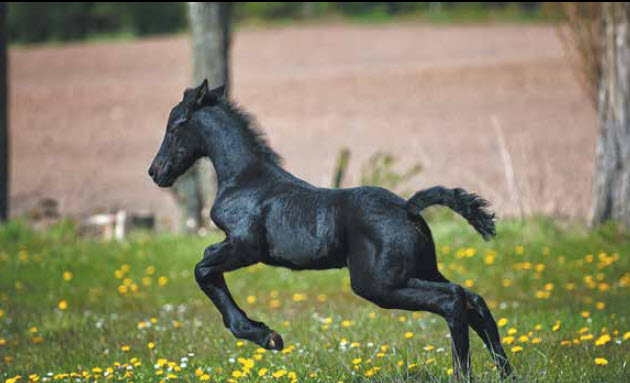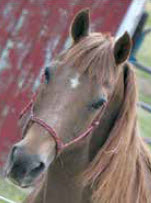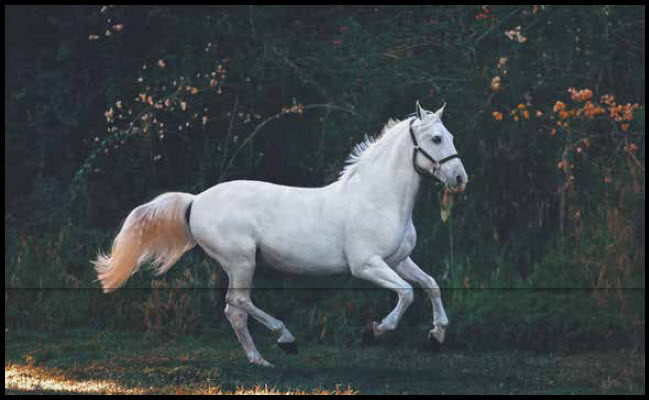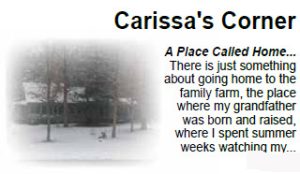There is a different direction or course in which a horse is moving, depending on its stage of life. Let me give some examples: a foal, stallion, gelding, mare or an older horse.
Along our journey of life, we have experienced some horse breeding and the foaling of beautiful equine. A foal is simply a newborn horse. The word “foal” refers to any young horse, regardless of gender, typically from birth to one year of age. If it is a male, he is referred to as a colt. If a female, she is a filly.
Newborn foals can stand or walk within an hour of birth. A foal’s legs are nearly as long as an adult’s at birth, giving it an advantage in speed and mobility. This can save its life when birthed in the wild! Mother’s milk is the staple for the foal. The foal gets vital nutrients from the milk that helps grow bones, muscles, and organs properly. This is where “imprinting” comes in. Imprinting is a process of intense and specific handling of a foal immediately after birth. To guide the standing foal to the milk station of its mother is an example. You are handling the foal. This process is believed to create less reactive horses that are more manageable and accepting of handling. Imprinting is used to build a connection between the newborn foal and its human caregiver. The earlier a horse learns positive associations with people, the easier it becomes to train for riding, services, or work.
Over its next few weeks, the foal begins to explore its environment, nibble on hay, and watch how other horses behave. Social learning in the herd lays the groundwork for the training that is to come. The foal is introduced to a halter, responds to voice commands, and walk on a lead. In the wild or on a ranch, foals learn herd dynamics quickly, hierarchy and behavior. This early socialization period is critical for foals to form healthy social bonds and help prevent behavior problems such as nipping (biting) or becoming overly pushy with humans. Foals rely on these early interactions to become well-adjusted adults. Breeders focus on proper weaning, nutrition, and early training.
Most foals are weaned from their mothers around 6 months old. They enter into a solid food diet and independence. This is extremely important on “how” you wean. Horses are social beings. The foal has found security, safety, and comfort from being nourished from its mother. When you decide to wean, remember this. Taking foal away from mom into isolation/separation can be overwhelming — socially and emotionally. This is where a good number of horses develop annoying habits like cribbing or wind sucking. They are desperately trying to find comfort! Do NOT isolate the foal. The weanling needs an environment that offers safety, exploration, and a friend or two — even if it is a cow, goat or another older mare or gelding. You will benefit from this kindness in days ahead.
After one year, the young horse is called a “yearling.” Now if you have a colt on your hands, you will need to determine your purpose for this male horse. Do I keep him a stallion or do I make him a “gelding” by castrating him? Male horses are usually castrated between 12 and 15 months of age.
The life of a stallion! Remember, they too are social beings with high levels of testosterone. We kept our stallion as much a part of the herd as possible. How we accomplished that was to create what we called a neutral zone. There was an 8-foot space between the stallion and the others. You don’t want noses to be able to touch. Once a mare had settled (was bred), we would keep that mare and stallion together until foaling. An effective way to improve social skills!
Athens Now readers, I want to wish each and every one of you a Happy Thanksgiving and a Blessed path of Righteousness. We thank you Charles for hoof care. We thank you Eric for all your acts of kindness.
Your NEIGHbor,









